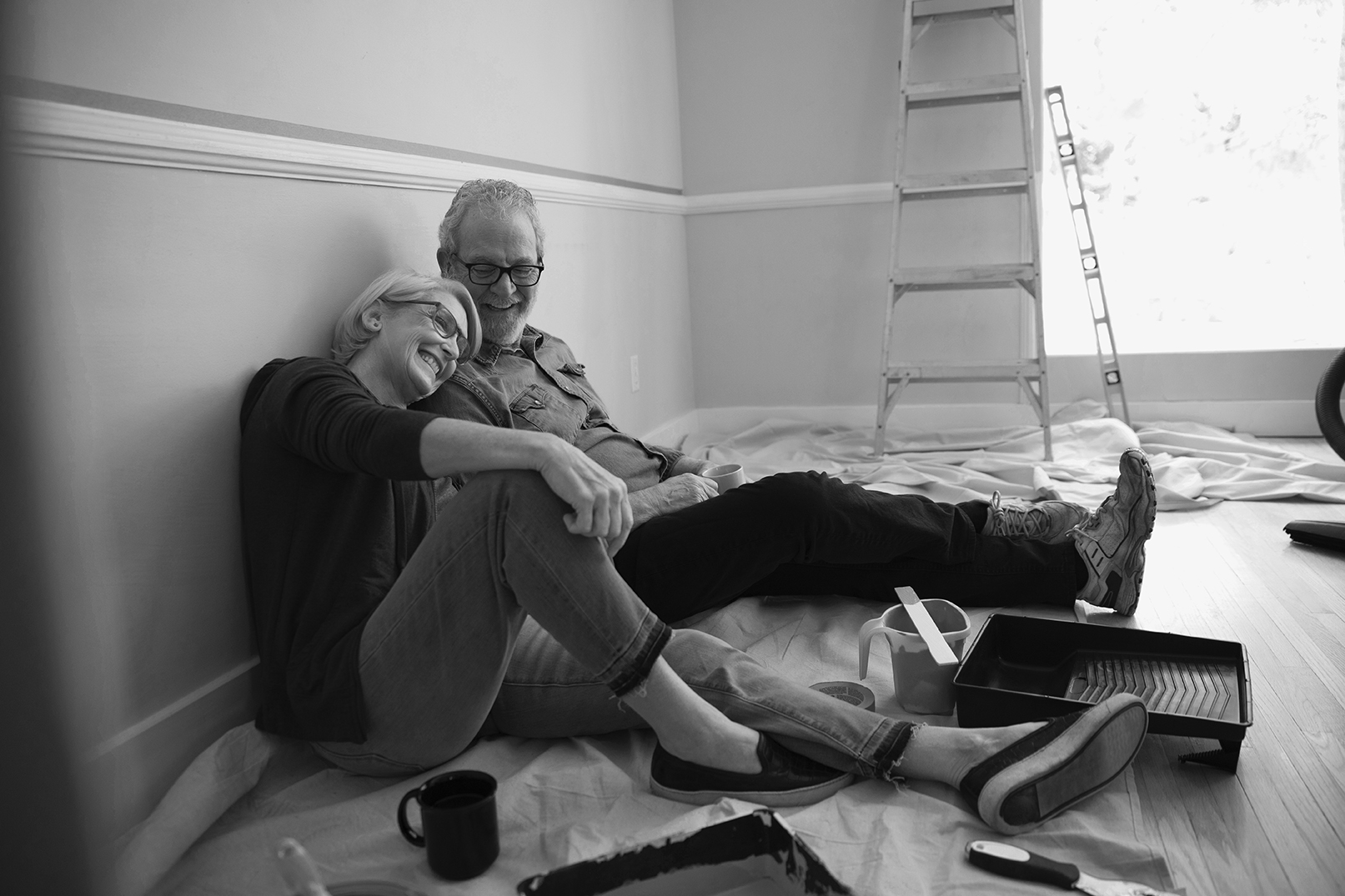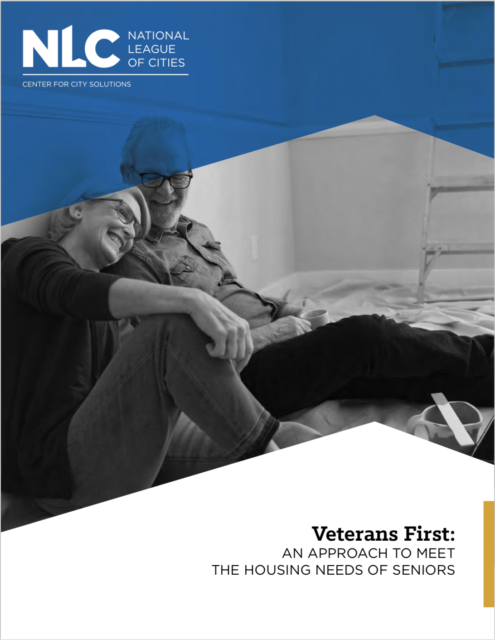Veterans are more likely to own their own homes, but they tend to be older and more likely to have some form of a disability than non-veterans. Increasingly, local leaders are confronted with the costs associated with more residents — both veterans and non- veterans — aging in their communities. Calls to first responders regarding preventable slips, falls and other injuries related to mobility consume limited time and resources.
Our research indicates that local governments and agencies can make progress on housing issues for their communities at-large by focusing on veterans first and extending that progress to other subpopulations. Low-cost home modifications such as installing grab bars, wheel chair ramps, non-slip flooring, and lower countertops and cabinets, as well as widening doorways and putting in no-step showers, can enable homeowners to remain safely in their own homes. These repairs can also reduce the need for interventions by first responders and prolonged stays in expensive emergency rooms and recovery facilities. Importantly, making these adjustments for senior veterans allows them the dignity and comfort of remaining in their communities and homes as they continue to age.
With an estimated 46.2 million people aged 65 and older, addressing the issue of home repairs and modifications for everyone can seem daunting. As the end of 2018 nears, our nation is more than one third of the way through this historic demographic change. Increasingly local leaders are confronted with the costs associated with more residents aging in there communities. To help local leaders make the right decisions to support their aging residents, the National League of Cities (NLC) has partnered with The Home Depot Foundation to analyze American Communities Survey data and inform community conversations and actions.
Visit our microsite for an interactive visualization of the data.

